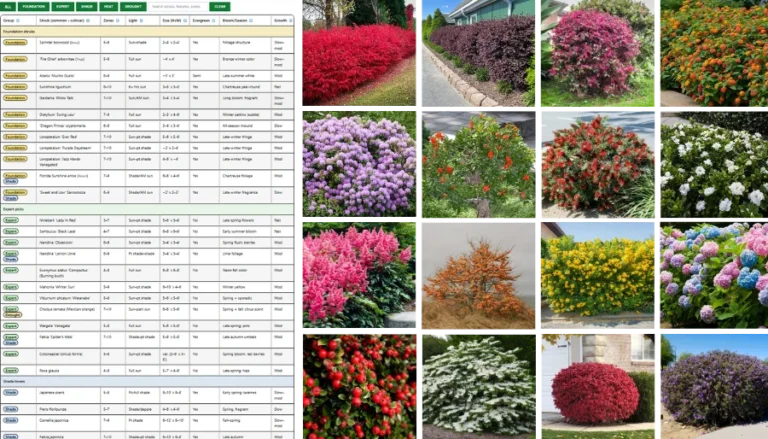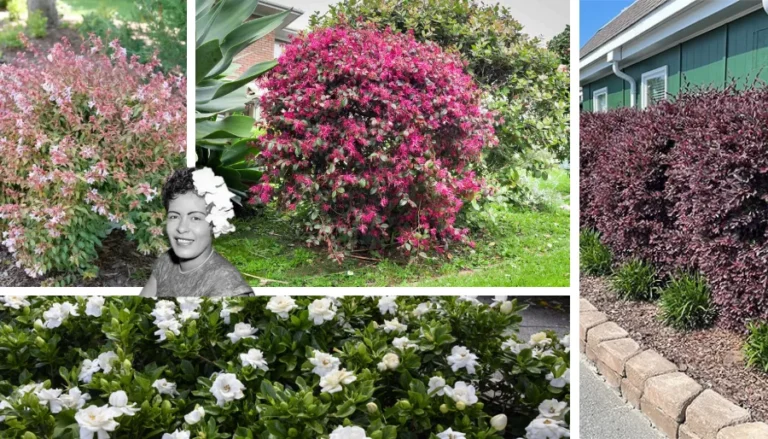Planting trees near your house can be tricky. Some trees have invasive roots that can damage your foundation, while others are safe to plant close to structures. Here are seven trees that are not only safe to plant near your house but also bring beauty and wildlife to your yard.
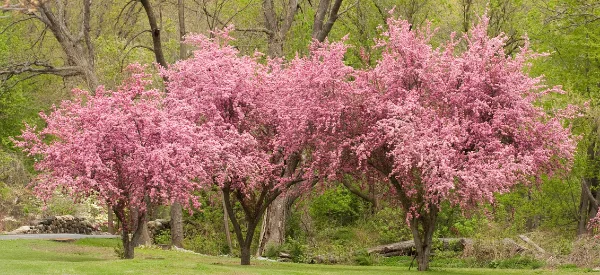
Crabapple trees are compact and have non-invasive root systems, making them ideal for planting near houses. They grow to about 20 feet tall and produce beautiful white or pink flowers in spring, followed by small fruits.
- Best Regions: Midwest, Northeast
- USDA Zones: 3-8
- Wildlife Benefits: Flowers attract pollinators; fruits are good for birds.
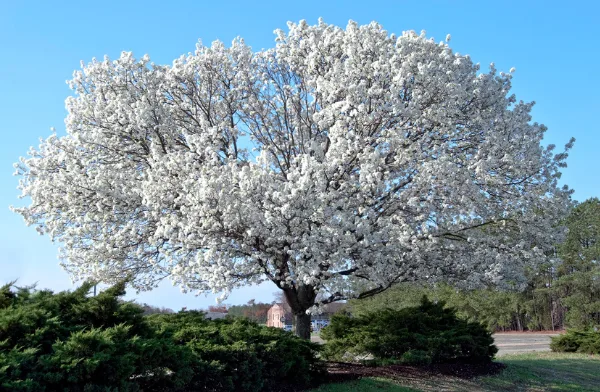
Dogwood trees grow at a moderate rate and reach a height of 15 to 40 feet depending on sunlight. They have gentle roots and are easy to prune, making them safe for planting near homes.
- Best Regions: South, Mid-Atlantic
- USDA Zones: 5-9
- Wildlife Benefits: Provides nectar for pollinators and berries for birds.
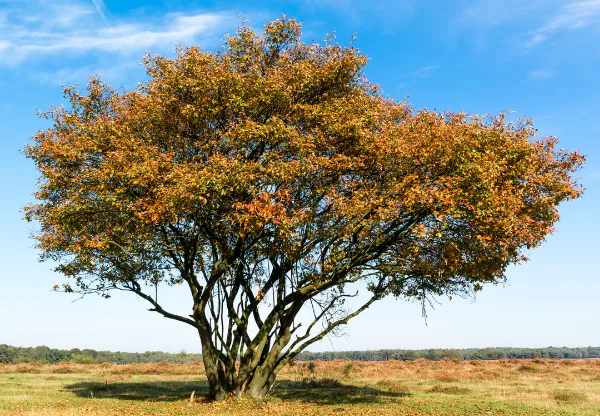
Serviceberry trees are versatile, growing from six to 25 feet tall. They have non-invasive roots and can be pruned to maintain a smaller size. They offer beautiful flowers in spring and colorful foliage in autumn.
- Best Regions: North, Midwest
- USDA Zones: 2-9
- Wildlife Benefits: Berries attract birds; flowers support pollinators.
Crape Myrtle trees are known for their vibrant blooms and non-invasive roots. They can grow from six to 30 feet tall, depending on the variety. Regular pruning keeps them manageable.
- Best Regions: South, Southeast
- USDA Zones: 6-11
- Wildlife Benefits: Attracts butterflies and other pollinators.


American Holly trees can be pruned to a height of about 25 feet, though they can grow up to 60 feet. They produce white flowers and bright red berries and are evergreen, adding winter color to your yard.
- Best Regions: Mid-Atlantic, South
- USDA Zones: 5-9
- Wildlife Benefits: Berries feed birds; dense foliage provides shelter.
Japanese Maple trees are prized for their beautiful foliage and manageable size. They grow 15 to 25 feet tall and have non-invasive roots, making them safe to plant near homes.
- Best Regions: Pacific Northwest, Northeast
- USDA Zones: 5-8
- Wildlife Benefits: Provides cover and habitat for small birds.
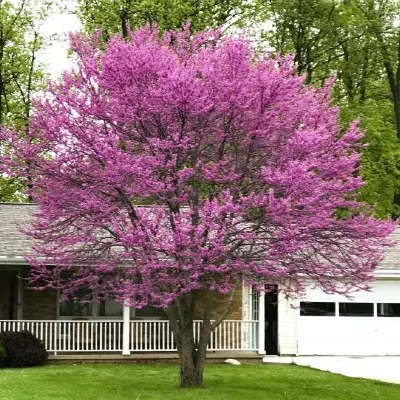
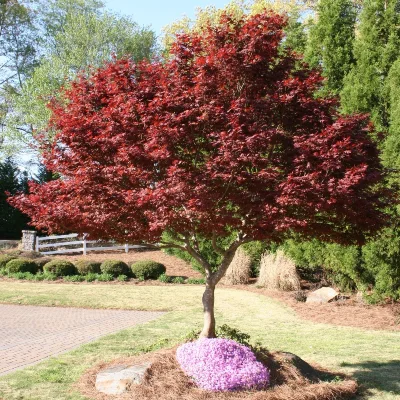
Eastern Redbud trees offer stunning spring blossoms and grow to about 20 to 30 feet tall. They have a modest root system and are suitable for planting close to structures.
- Best Regions: Midwest, South
- USDA Zones: 4-9
- Wildlife Benefits: Early spring flowers provide nectar for pollinators.
Trees to Avoid Planting Close to Your House

Some trees have root systems that can damage foundations, driveways, and sewer lines. Avoid planting the following trees near your house:
More To Discover
- White Ash (Fraxinus americana)
- Poplars (Populus sp.)
- Weeping Willows (Salix babylonica)
These trees should be planted at least 40 to 50 feet away from structures to prevent damage.
Choosing the right trees for your yard can enhance your home’s landscape while avoiding potential damage. These seven trees are safe, beautiful, and beneficial for local wildlife.











